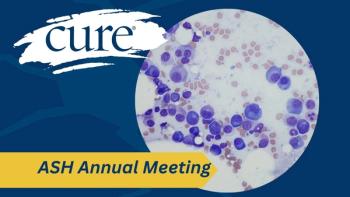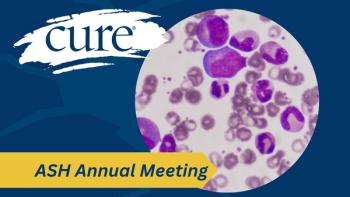
Relatives of Patients With Myeloid Blood Cancers May be at Two-Fold Risk for Disease
Recent research showed first-degree relatives of patients with certain types of blood cancers may be at an increased risk for such disease, highlighting the importance of counseling, gene testing and surveillance.
Relatives of those with certain types of blood cancer may also harbor inherited genetic changes that would influence their risk for developing diseases that arise from myeloid cells, according to a study published in the journal Blood.
Myeloid cells are a group of cells produced in the bone marrow, which, in normal circumstances, specialize into cells of different types; however, genetic errors in these cells can lead to cancers such as acute myeloid leukemia (AML); chronic myeloid leukemia (CML); the myeloproliferative neoplasms (MPNs) polycythemia vera, essential thrombocythemia and myelofibrosis; and myelodysplastic syndrome (MDS).
The researchers called these “proliferative diseases with shared but diverse phenotype characteristics.” However, the etiological basis of these diseases is unknown, and limited data exists in regards to the extent of familial relative risk between individuals.
In the study — which is the largest of its kind and the first to definitively show an increased risk for blood cancers in relatives of patients – researchers from the Institute of Cancer Research in London, and the German Cancer Research Centre in Heidelberg, analyzed information about every patient diagnosed with myeloid diseases using the Swedish Family-Cancer Database.
The database included over 93,000 first-degree relatives of over 35,000 patients with myeloid malignancies diagnosed between 1958 and 2015.
Overall, the researchers found that first-degree relatives of patients with myeloid malignancies had an almost two-fold risk for disease compared with individuals with no family history.
Familial risk varied depending on the type of disease. In particular, this risk was statistically significant in AML (1.5-fold risk), essential thrombocythemia (6.3-fold risk), MDS (6.8-fold risk) and polycythemia vera (7.6-fold risk).
Next, the researchers evaluated familial relative risk for the same disease by age at diagnosis, for which risk for disease in family members was higher in younger cases of MPNs (6.4- vs. 4.1-fold risk), polycythemia vera (10.9- vs. 5.9-fold risk) and MDS (11.9- vs. 3.2-fold risk) compared with older cases.
The researchers noted that the sex of the patient or family member played little to no role in familial risk for disease.
Lastly, the researchers evaluated the number of affected relatives, for which two or more cases of myeloid diseases in a family increased the risk of first-degree family members developing the disease by up to five times across all disease types.
“The research shows that risk of myeloid cancers is passed on through families,” the researchers wrote. “This risk is likely to be mostly down to inherited genetic traits passed on in DNA — but environmental factors shared in families could also play a role.”
They added these results could have potential implications for family members to undergo the appropriate surveillance for myeloid malignancies.
“Our findings provide evidence for genetic susceptibility to most myeloid malignancies as well as a shared genetic susceptibility between these malignancies,” the researchers wrote. “Furthermore, our data suggest there are individuals, such as patients diagnosed at a young age and those with multiple affected first-degree relatives, for whom counseling, gene testing and surveillance may be appropriate. Finally, as recently advocated, such data may have implications for potential related stem cell donors.”





